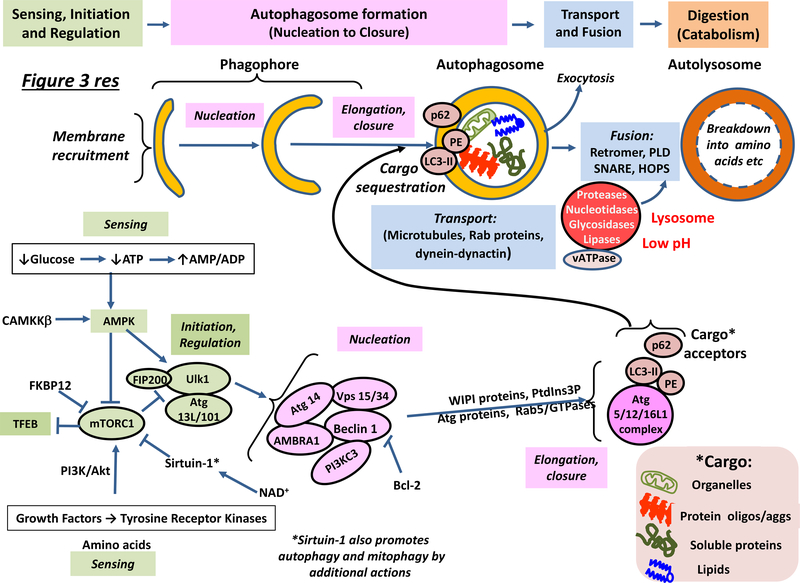Figure 3 |. Organization, operation and regulation of the autophagic–lysosomal network.
The top part of the figure illustrates the sequence of steps associated with operation of the ALN, while the bottom part shows the main regulatory proteins involved, focusing on potential targets for pharmacotherapy. ‘Sensing’ — both extrinsic (for example, glucose levels) and intrinsic (e.g. for example, ATP/AMP levels) — can determine whether or not autophagy is initiated by activation of AMPK and/or inhibition of mTORC1, which leads to TFEB-driven transcription of ALN-requisite proteins. The pre-autophagosome (phagophore) structure first emerges from diverse membrane sources, and its formation is promoted by Atg9 (not shown). Nucleation is accomplished with the help of a complex cluster of proteins. Phosphatidylinositol-3-phosphate (PtdIns3P) is recognised by WIPI (WD-repeat-protein-interacting-with-phosphoInositides) proteins that help induce autophagosome elongation in association with several classes of Atg protein and small GTPases such as Rab5. With the aid of LC3 and cargo acceptors, autophagosomes take up cytoplasmic material such as aggregated proteins and dysfunctional mitochondria (Box 2). Autophagosomes and other autophagic vesicles are transported with the help of dynactin and dynein along microtubules towards acidic lysosomes. Autophagosomes fuse with lysosomes containing resident hydrolases that degrade their contents into amino acids, sugars and lipids for recycling. Exosomal release/secretion of neurotoxic proteins (“exocytosis)”) may occur upon reduced ALN flux and accumulation of autophagosomes. For details, see main text. Abbreviations not in main text or Glossary: FIP, family interacting protein; HOPS; Homotypic fusion and protein sorting complex; NAD+, nicotinamide adenine dinucleotide; PE, phosphoethanolamine; PI3K/Akt: phosphoinositol-3-kinase/atypical kinase and PLD, phospholipase D.

